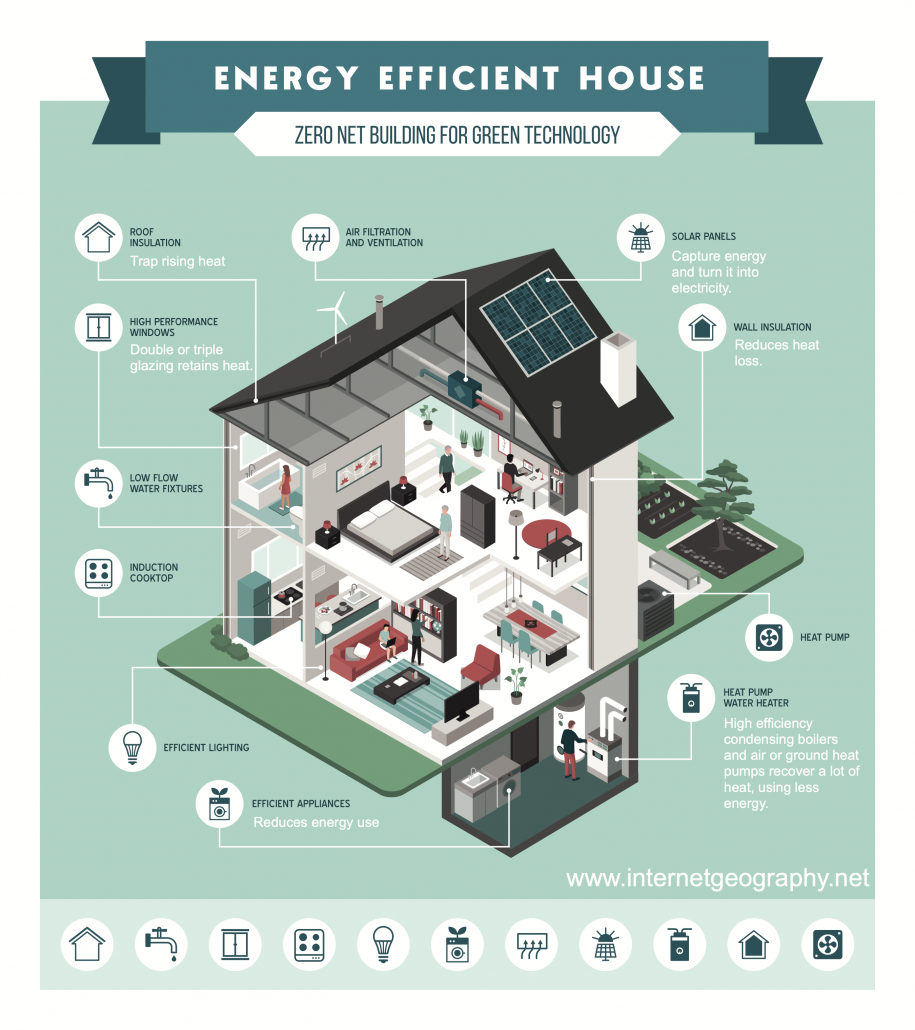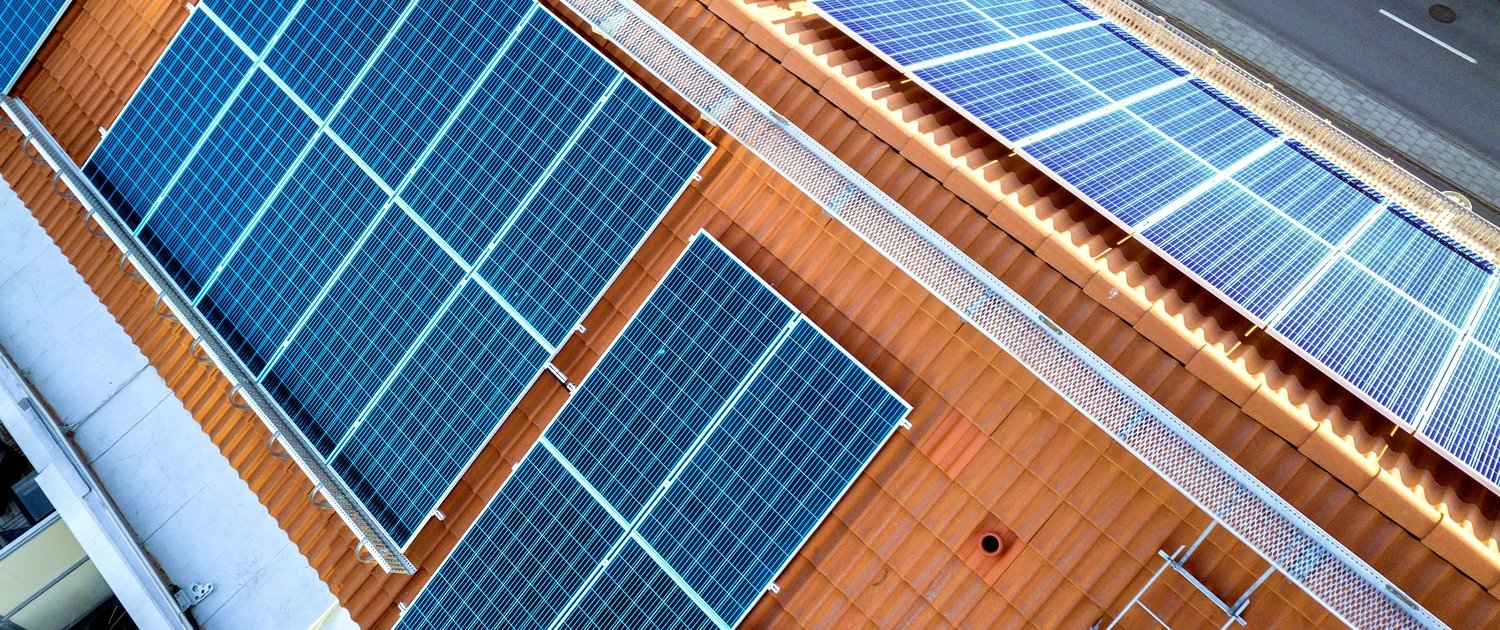Sustainable energy supplies
How can we move towards sustainable energy supplies?
A sustainable energy supply balances supply and demand by:
- developing renewable energy supplies
- conserving energy by reducing waste
- improving fuel efficiency
- the efficient use of fossil fuels
We can reduce our carbon footprint by increasing our use of renewable energy, reducing our use of fossil fuels, increasing fossil fuel efficiency, and conserving fossil fuels.
A sustainable energy supply has the following characteristics:
- does not damage the natural environment
- involves and benefits local communities
- can be applied to both HICs and LICs.
- supports the local economy
What can we do to conserve energy?
Energy conservation focuses on reducing energy waste and using energy most efficiently. Below are some steps we can take to achieve this.
Reducing our individual use of energy and our carbon footprints
Saving energy starts with the choices we make every day in our homes and lifestyles. The overall impact can be huge if everyone takes small steps to conserve energy. Here are some simple things you can do:
- Turn off lights, plugs, chargers, and TVs when you’re not using them.
- Use energy-saving light bulbs and rechargeable batteries.
- Run your washing machine or dishwasher only when they’re full.
- Close curtains or blinds to keep your home cool in summer and warm in winter.
- Wear cosy clothes indoors in winter instead of turning up the heating.
- Walk or cycle instead of driving for short trips.
- Cut down on time spent online, gaming, or texting.
Every small change adds up and helps reduce the amount of energy we use!
What are conservation strategies for a sustainable future?
Designing homes and workplaces
The image below illustrates strategies for home energy conservation.

Energy conservation in the home
Many of the strategies above can be implemented in the workplace, but on a larger scale, including:
- closing doors when the heating is on
- turning off electrical equipment, such as computers, when they are not being used
- using low-energy lighting, such as LEDs
- regulating thermostats
Transport
Transport uses a significant amount of energy by burning oil-based products. There are several ways to use energy more efficiently, including:
- using public transport, such as buses and trains, instead of the car
- using a bike
- buying hybrid or electric cars
- encouraging people to car share, including the introduction of car-sharing lanes on major roads
- reducing the use of air transport, particularly for short-haul flights
Reducing energy demand
A range of strategies can be used to reduce energy demand. These include:
- financial incentives to encourage people to switch from petrol and diesel cars to electric or hybrid types
- incentivise energy efficiency by providing government grants or tax relief for insulating homes, installing renewable energy devices such as solar panels and fitting double-glazing
- encouraging people to change their behaviour by promoting the benefits of reducing energy demand
- installation of smart metres so people can track and adjust their energy use
Using technology to improve the efficiency of using fossil fuels
Technology is increasingly being used to reduce carbon emissions and improve efficiency. These include:
- the introduction of more efficient car designs
- the introduction of hybrid or electric cars
- carbon capture and storage
- combined heating and power being used to generate electricity and using the hot water by-product to heat homes
Related Topics
Use the images below to explore related GeoTopics.



